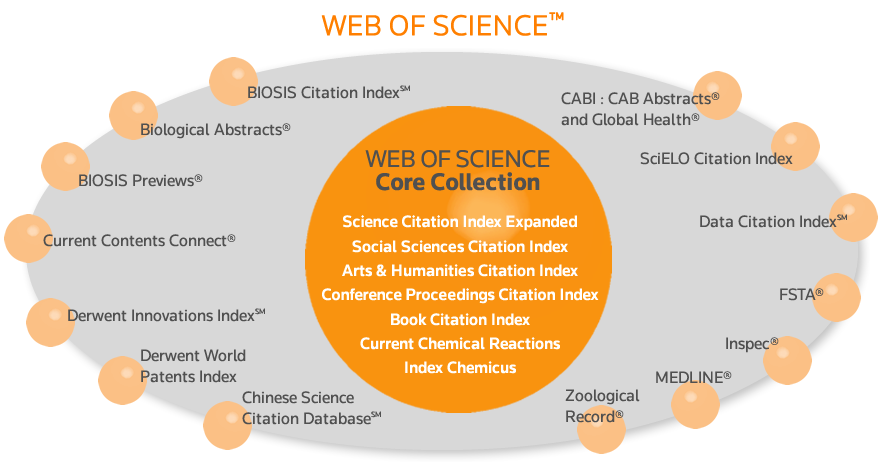ORCID
ORCID (Open Researcher and Contributor ID) maintains a registry of unique identifiers for researchers and allows them to associate their ORCID ids with different name variants as well as education and work history, funding received, and research/creative works. Unique ORCID ids allow researchers to distinguish themselves from others (name disambiguation) and maximize their research measurement impact. Name disambiguation is great for people who have common (last) names such as Smith or Lee or for people who have changed their name. With a unique ORCID id you can distinguish yourself from all the other researchers with your last name and...
Scopus
Today, I’m going to blog about Scopus to follow up on my last post on Web of Science and Cited Reference Search. Scopus is not as complicated as WoS as it is just one database with its own interface. Originally, Scopus data only went back to 1996, but they are in the process of adding records going back to 1970 and should be done in a year or two. Just like in WoS, the simplest way to find in Scopus where/wheter an article has been cited is to search for the article and look on the left side to...
Web of Science
A long time ago, I blogged about Cited Reference Searches and mentioned that Web of Science and Scopus were the two main databases that have this feature. So, today I thought I would go into more detail about how a cited reference search works in Web of Science and later this week in Scopus. I need to start with a few preliminary comments about Web of Science. First of all, for a few years Web of Science had an identity crisis and was known as Web of Knowledge because the company decided that the name was too restrictive since...
Journal Citations and Impact Factor
Last week, I talked about H-Index which is a metric for measuring the impact an author has in his field. This week, I will discuss Impact Factor (IF) which is one way to measure the impact a journal has in a field. Impact Factors for a journal are available through Journal Citation Reports which is produced by the same company that produces Web of Knowledge. The simple impact factor for a journal in any given year is the average number of citations in that year of articles from the previous two years. So if a journal has an impact...
H-Index
As I mentioned last week, I decided that there wasn’t enough interesting about controlled vocabulary to fill up a whole month of posts so I’ve decided to switch topics for this week and next to journal metrics. The first metric I’m using in some research I’m conducting with a professor, and it’s called the H-Index. H-Index was originally introduced by J.E. Hirsch as one way of measuring an author’s impact on his field. The way it works is you order the author’s papers from the most to least cited paper along the x-axis. Then you graph on the y-axis...




